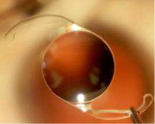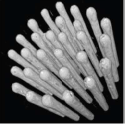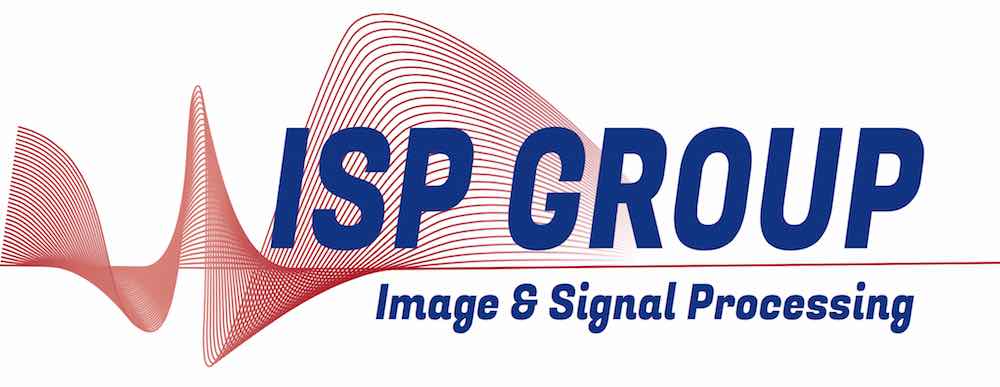
Compressive Optical Deflectometric Tomography
The refractive index map (RIM) allows the optical characterization of complex transparent materials such as optical fibers or intraocular lenses, which is of great importance in manufacture and control processes. Optical Deflectometric Tomography (ODT) is an imaging modality that aims at reconstructing the spatial distribution of the refractive index of a transparent object from the deviation of the light passing through the object. By measuring this deviation for a great number of incident parallel light rays and several incidence angles, it is possible to reconstruct the refractive index map of the observed object.
Common reconstruction methods like the Filtered Back-Projection (FBP) need a sufficient amount of incident angles to be able to accurately reconstruct the image. For few amount of observed angles, i.e. for a very ill-posed problem, and in the presence of noise in the ODT observations, the FBP reconstructed RIM presents some spurious artifacts.
In this research topic, we aim at developing a numerical reconstruction method which makes Optical Deflectometric Tomography “compressive” in a similar way other compressive imaging devices which, inspired by the Compressed Sensing (CS) paradigm, reconstruct high resolution images from few (indirect) observations of its content. This ability would lead of course to a significant reduction of the ODT observation time with potential impact, for instance, in fast industrial object quality control relying on this technology.

This objective of compressiveness can only be reached by regularizing the ODT inverse problem by an appropriate prior model on the configuration of the expected RIM. Interestingly, the actual RIM of most human made transparent materials (e.g., optical fiber bundles, lenses, optics, …) is composed by slowly varying areas separated by sharp boundaries (material interfaces). Since this can be interpreted with a “Cartoon Shape” model, the inverse problem can be regularized by promoting a small Total-Variation norm.
Furthermore, the objective is not only to make ODT compressive but also robust to the noise present in the measurements. This can be reached by adding a fidelity constraint with the available observations and providing a good noise characterization.
Moreover, in this research topic we deal with a problem that exists in all physical applications, which is the proper estimation of the ODT sensing operator that fits better the physical acquisition.
References: (Gonzalez Gonzalez et al. 2014) (Gonzalez Gonzalez et al. 2012) (Jacques et al. 2011) (Gonzalez Gonzalez et al. 2011)
Collaborators:
- Philippe Antoine (Lambda-X, Belgium)
